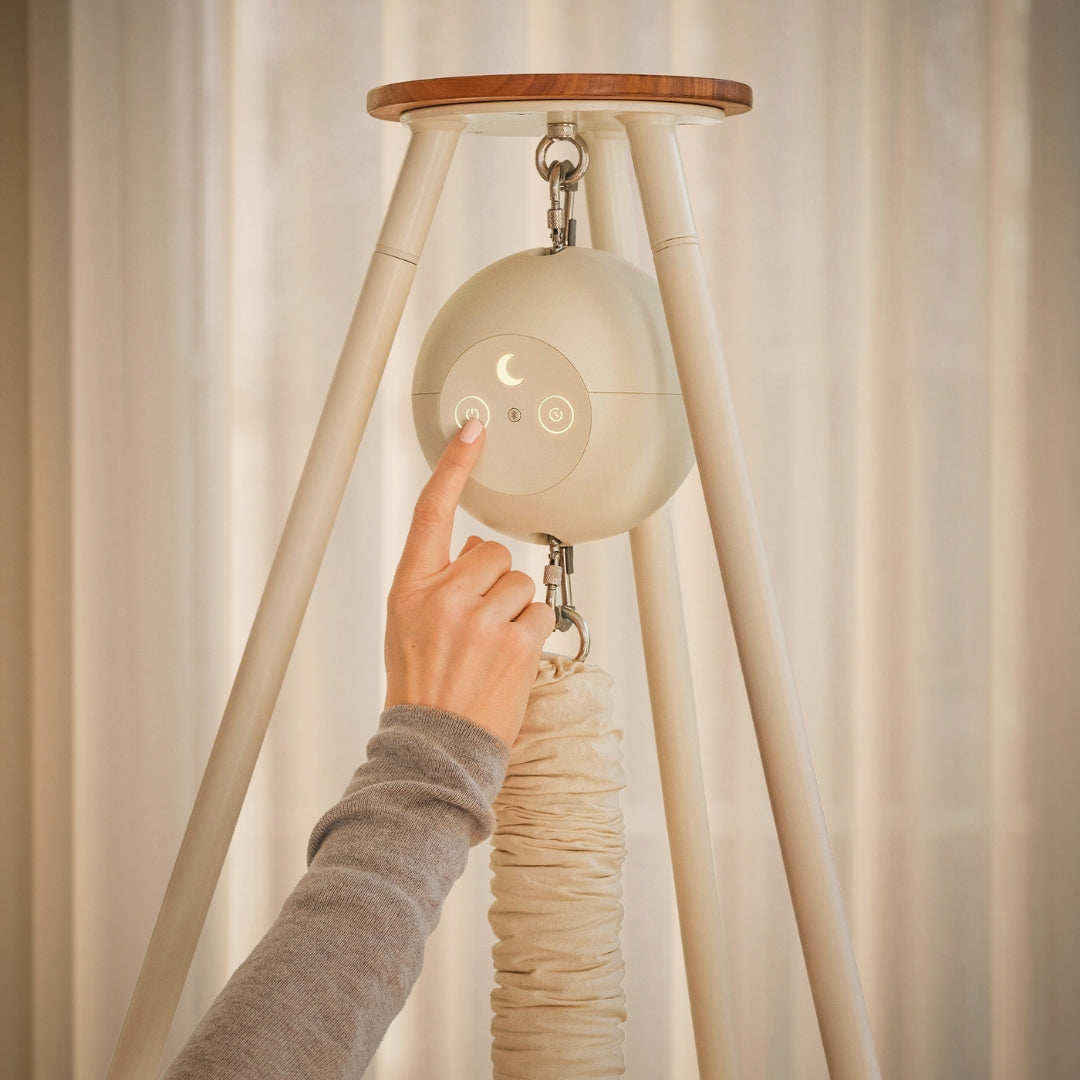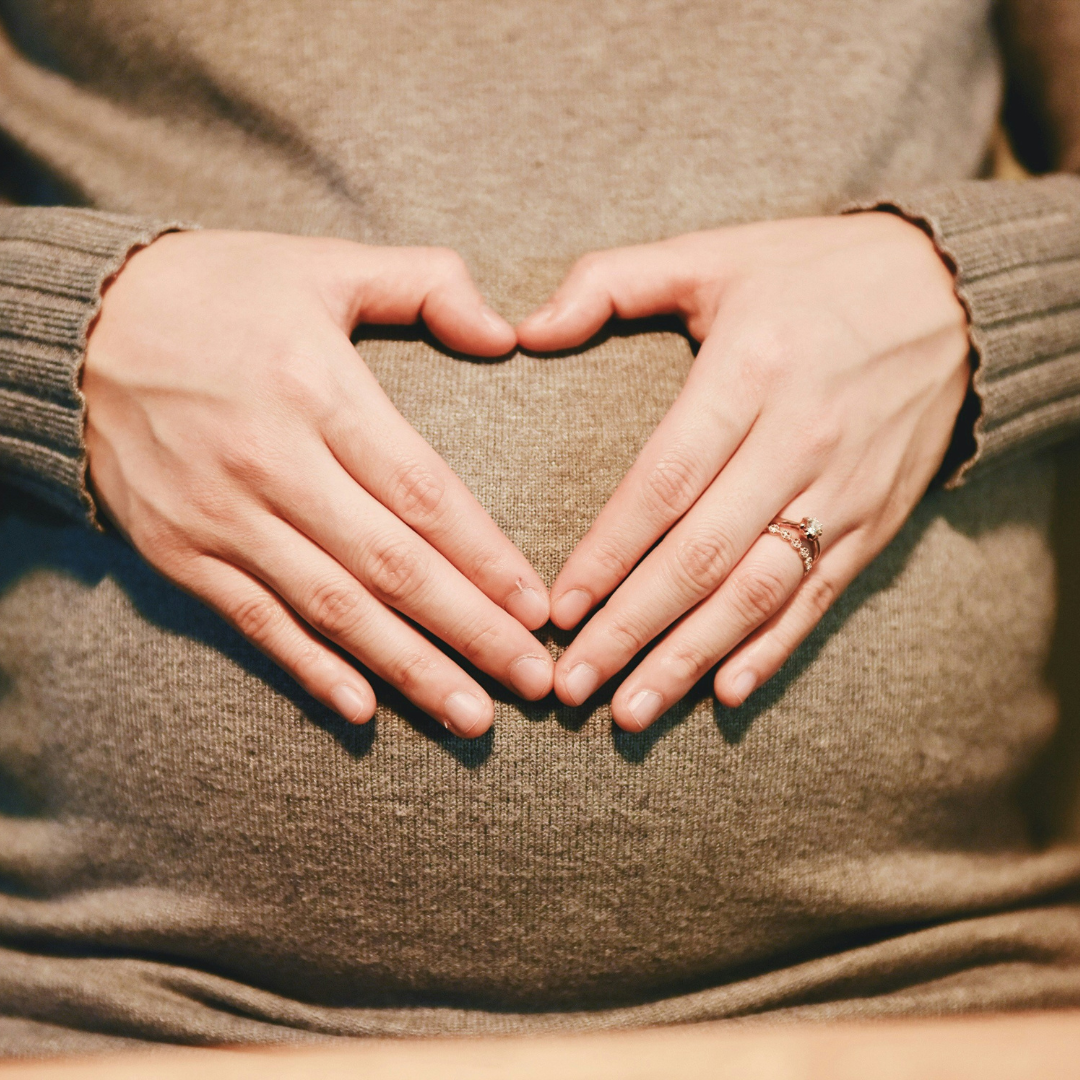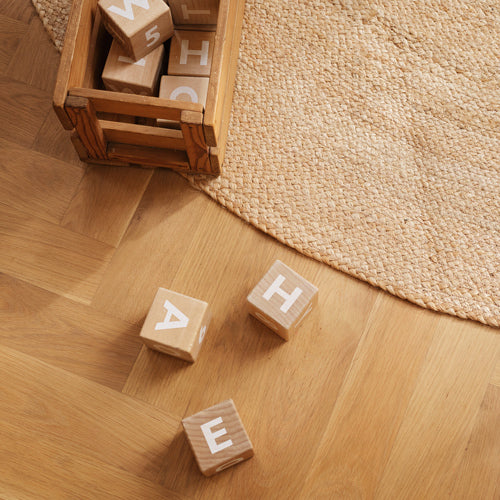FREQUENTLY ASKED QUESTIONS
1. Is a changing table necessary?
While a changing table isn’t essential for your baby, it can certainly make life easier for busy parents. A designated space for diaper changes provides a safe and hygienic environment, allowing you to change your baby comfortably and conveniently.
If you’re on a budget or short on space, a changing pad can serve as a practical alternative, offering the same functionality without the expense of a full changing table.
2. What features should you look for in a changing pad?
- Safety Features: Look for non-slip backing and raised edges to keep your baby secure during diaper changes. These elements help prevent any accidental slips or head bumps, giving you peace of mind while you attend to your little one. Additionally, ensure that the changing pad is free from harmful chemicals and meets safety standards.
- Comfort: Different designs offer varying levels of comfort for your baby. Consider angled designs if your baby struggles with colic or reflux, as the incline can help ease discomfort. For active infants, a curved or high-edged design provides a snug fit, keeping them secure while changing.
- Portability: Lightweight and compact designs are ideal for travel, ensuring you can maintain a consistent and comfortable diaper-changing routine no matter where you are.
- Material: Opt for high-quality, waterproof materials like PUR foam, which are resilient against spills and accidents, making clean-up a breeze. Durable materials are essential for withstanding daily use and resisting wear and tear, ensuring your changing pad lasts through your baby's diaper-wearing years.
3. Are changing pads safe for newborns?
Yes, changing pads can be safe for newborns when used properly. They provide a designated, elevated space for diaper changes, which can help reduce back strain for parents. To ensure safety, it's best to choose a pad with non-slip materials, soft padding and raised edges. Always keep a hand on your baby during changes to prevent any accidents.
4. What is the maximum weight a changing pad can support?
The maximum weight a changing pad can support typically ranges from 10 to 20 kg, depending on the design and materials used. It's important to check the manufacturer's specifications for each specific changing pad, as they can vary.
5. Are changing pads a universal size?
The dimensions and shape of changing pads can vary, but they generally follow similar size standards. It’s important to measure your dresser or changing table before purchasing a pad to ensure it will fit properly.
6. Do you need a cover for a changing pad?
If you’re using a mattress-style changing pad, it’s a good idea to add a washable or disposable cover if one isn't already included. But otherwise, it’s totally up to your preference! You don’t necessarily need a changing pad cover, and without one, it can be easier to wipe down and clean after diaper changes. That said, some parents prefer covers for added softness or style.
7. Where should I place the changing pad?
When setting up your changing pad, safety should always come first. Babies love to wiggle around, so it's important to keep them in sight and never leave them unattended, even for a second.
For your own comfort, placing the changing pad on a higher surface, like a dresser or changing table, can make diaper changes much easier on your back. This setup lets you keep everything within reach and helps make the whole process smoother and less stressful for both you and your baby.
8. How long do babies use a changing pad?
Babies typically use a changing pad until they're around 1 to 2 years old, or until they’re potty trained, depending on their size and mobility. Once they start becoming more active, wiggly, or learn how to roll over, many parents find it easier to change them on the floor. But as long as your little one fits comfortably and safely on the pad, you can keep using it!
9. How do I maintain my changing pad?
Always follow the manufacturer’s cleaning instructions. Typically, it's best to wipe it down regularly with a mild soap or baby-safe disinfectant. Many changing pads are made from waterproof materials, so a quick wipe after each use is usually enough. For pads with removable covers, simply toss the cover in the washing machine when it gets dirty.












































